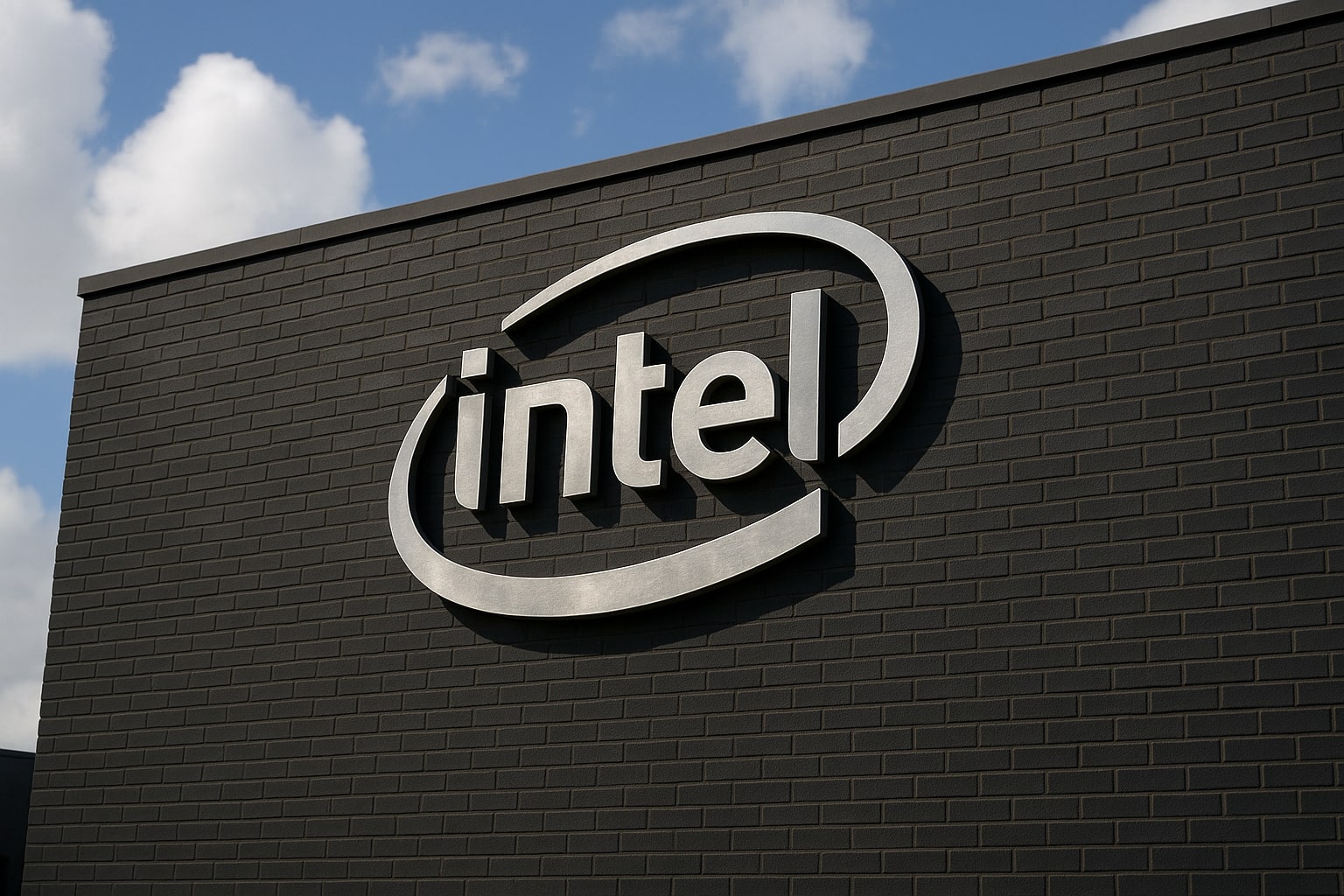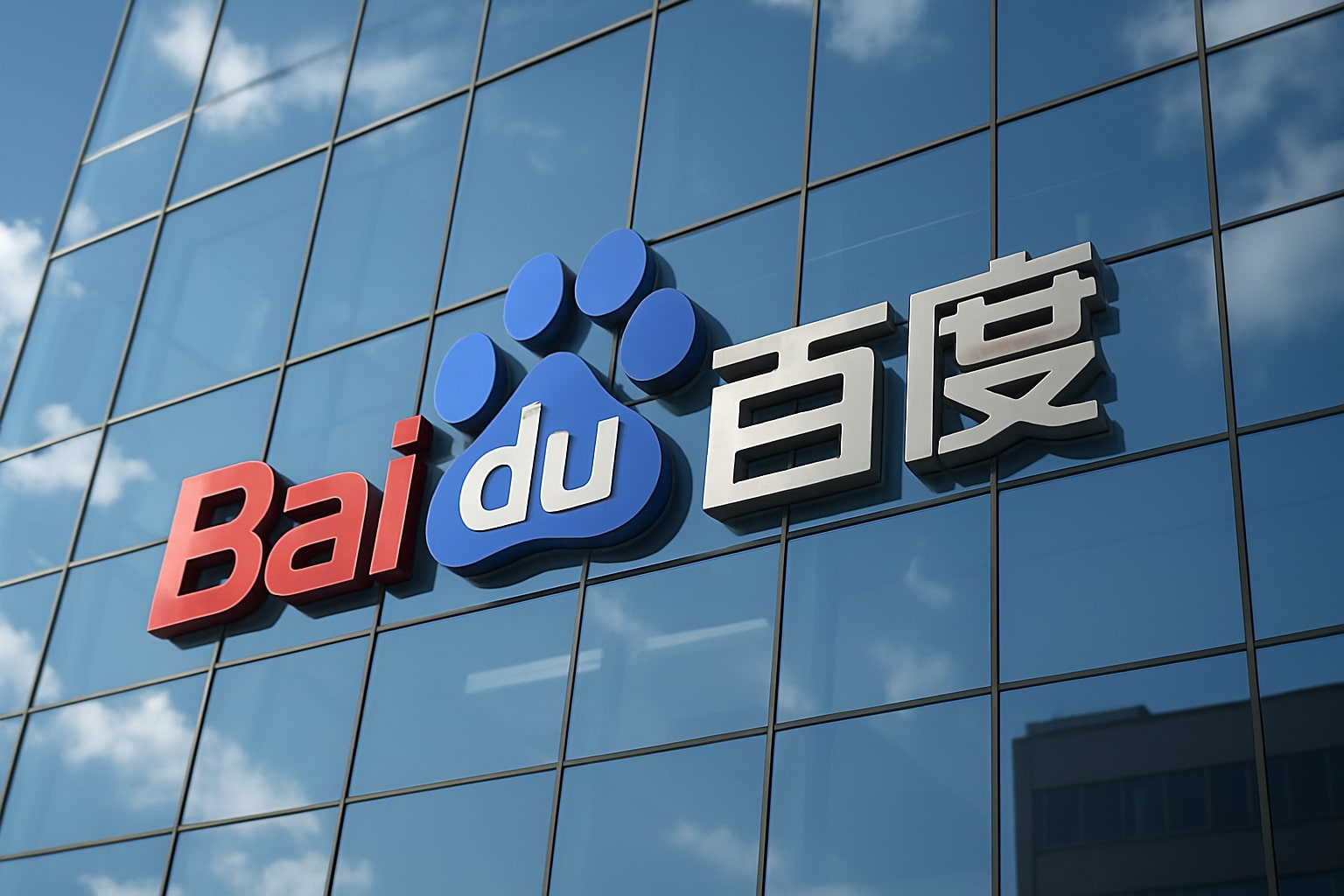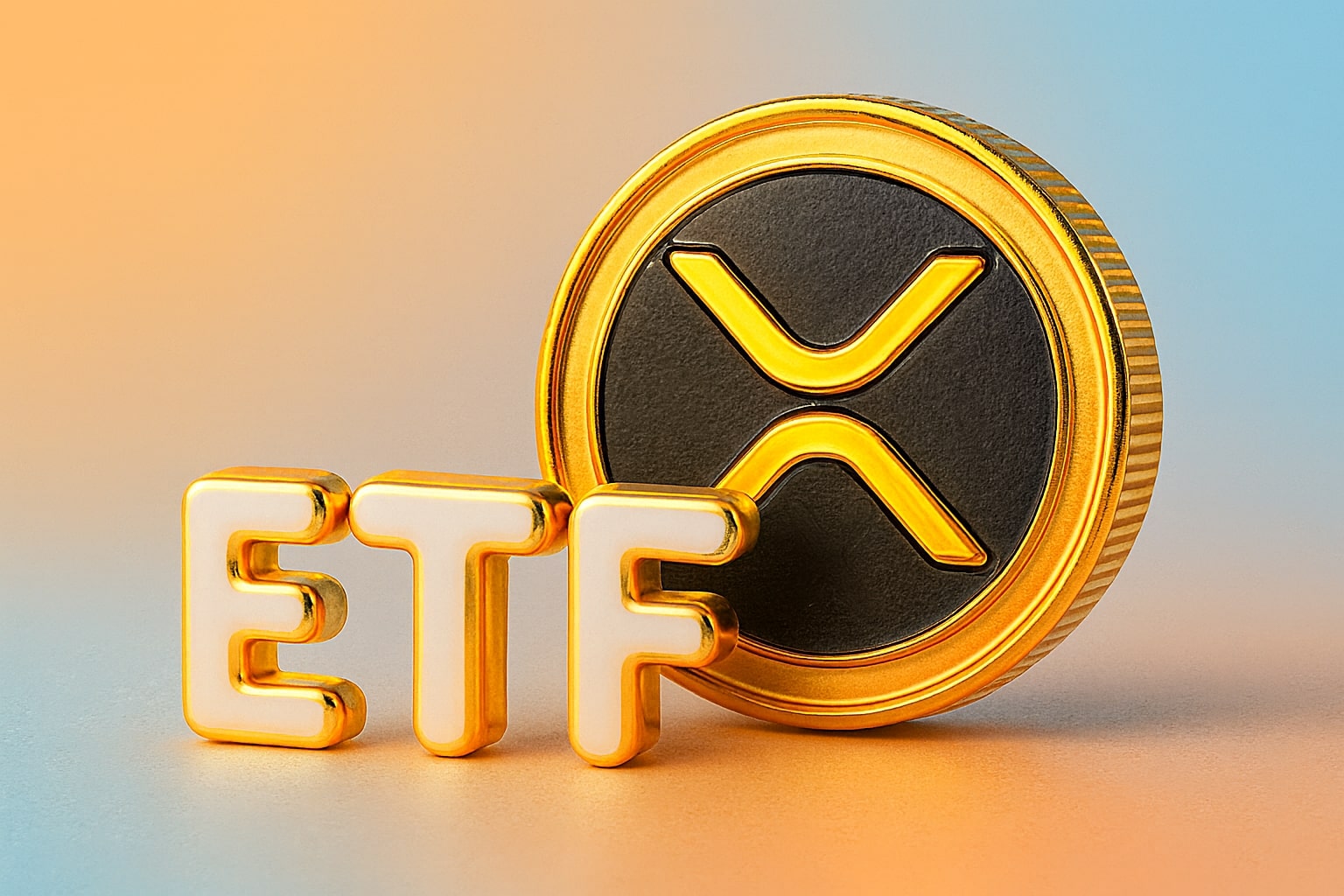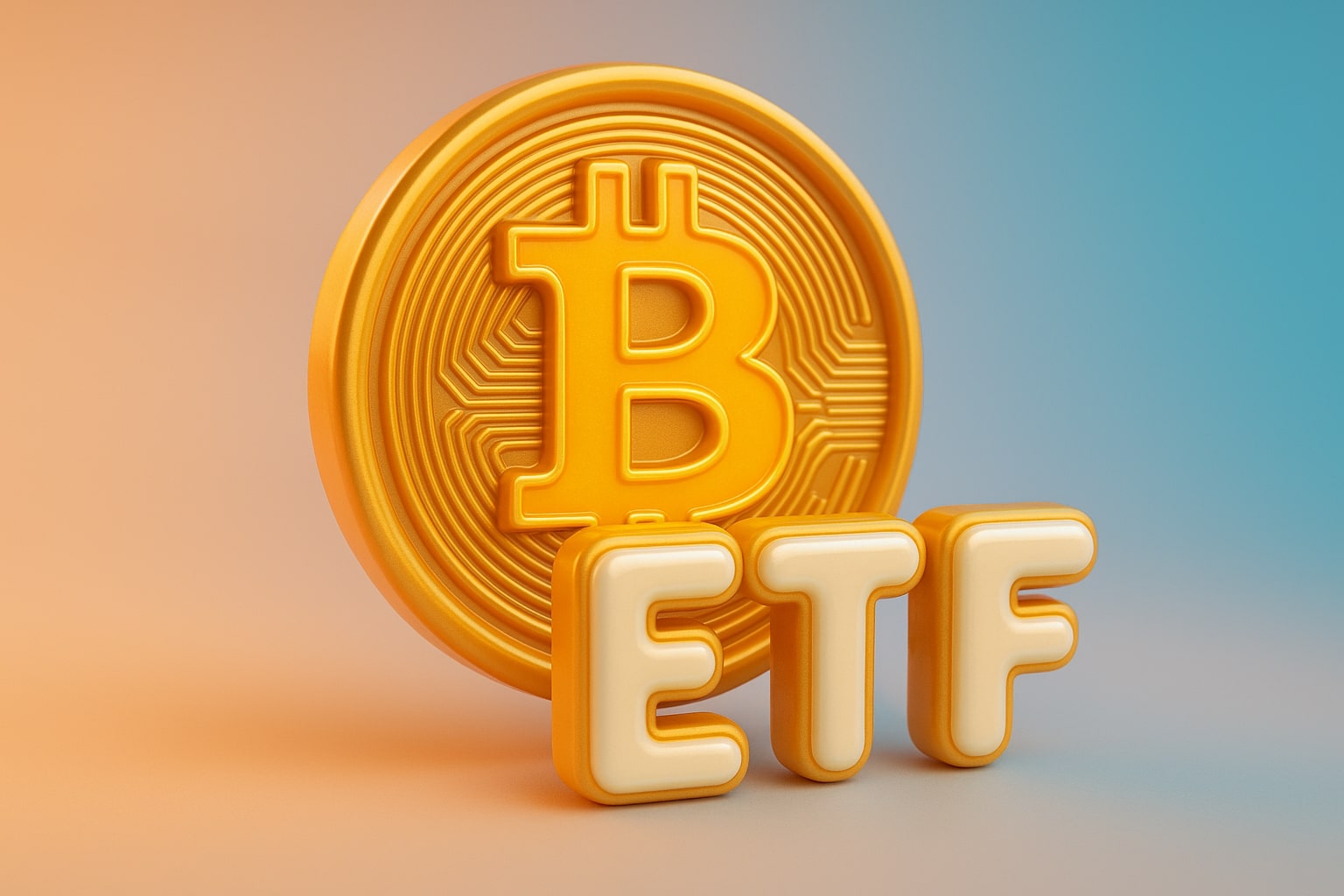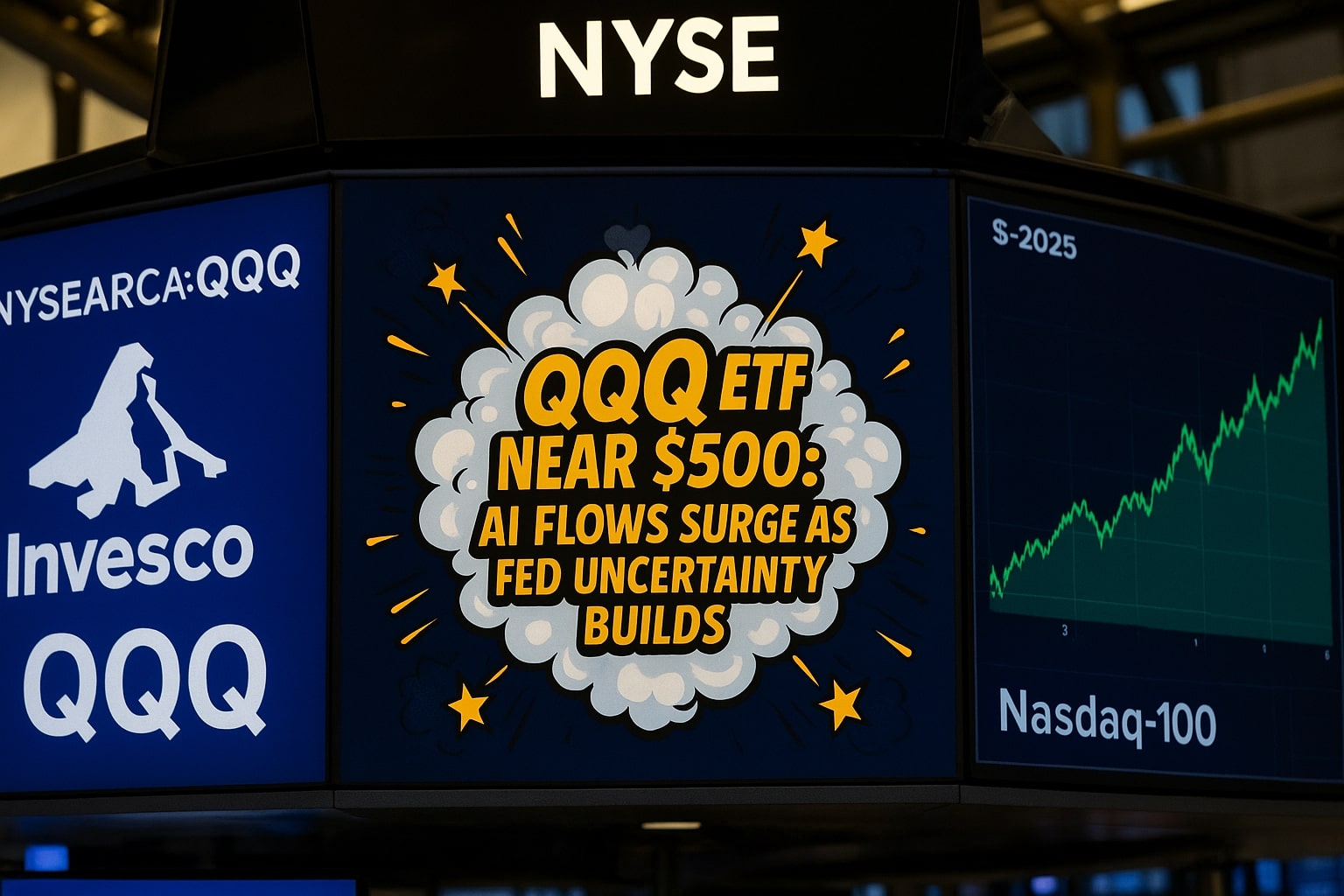
QQQ ETF Hits $500 as AI Flows Clash With Fed Policy Risks
Invesco QQQ (NYSEARCA:QQQ) sees record inflows, but inflation, tariffs, and stretched valuations put pressure on the rally’s sustainability | That's TradingNEWS
NYSEARCA:QQQ ETF Extends Its Lead as Valuations Stretch and Fed Uncertainty Looms
The Invesco QQQ Trust (NYSEARCA:QQQ) has once again captured market attention, climbing to record inflows of $6.58 billion in a single week, pushing total assets under management to $373.6 billion. This surge underscores the intensity of investor appetite for mega-cap technology stocks, even as valuations push toward extremes. Year-to-date, QQQ has delivered a 13% gain, outperforming broader indices like the Vanguard S&P 500 ETF (VOO), which gained just over 10%, and the iShares Russell 2000 ETF (IWM), up 9.5%. The Nasdaq-100’s weighting in artificial intelligence, semiconductors, and cloud computing continues to attract institutional allocations, but the market is also grappling with whether the Federal Reserve will cut once or twice before year-end.
Inflation, Tariffs, and Core CPI Threaten QQQ’s Momentum
QQQ’s valuation strength rests heavily on the assumption that liquidity remains supportive, but inflation dynamics tell a more complex story. July’s headline CPI came in at 2.7% year-over-year, a slight miss from consensus, while core CPI rose 3.1%, its largest monthly acceleration since January. Categories such as airline fares (+4% m/m), dental costs (+2.6% m/m), and used cars (+0.5% m/m) drove much of the upside. What makes this more concerning is that tariffs implemented earlier this year appear to be fully passed through to consumers, not absorbed by exporters or retailers. The Import Price Index was up 0.4% m/m, while PPI trade margins jumped 2%, confirming companies are protecting margins rather than cushioning buyers. For QQQ constituents trading at average P/E ratios near 49 and price-to-free cash flow at 70, any repricing of Fed expectations — from two cuts to one — could unleash a volatility spike.
Institutional Positioning: Heavy Allocations Despite Overvaluation Fears
Fund managers appear split. Research suggests 91% of managers believe U.S. equities are overvalued, yet allocations remain heavily tilted toward U.S. stocks, with limited exposure to gold or crypto. This contradiction highlights the market’s dependence on QQQ-heavyweights such as Nvidia and Microsoft, which remain top contributors to 2025 gains in the Nasdaq-100. Nvidia alone has been a dominant force, with AI demand lifting the stock more than 30% year-to-date, feeding into the broader rally. Meanwhile, CrowdStrike’s adoption of agentic AI — paired with workforce reductions of 500 employees — reflects a structural transformation across QQQ constituents, where labor efficiency gains are being rapidly repriced into earnings multiples.
Geopolitics and Risk Appetite Flow Through to QQQ
Geopolitical headlines are adding another layer to QQQ’s trajectory. The meeting between President Trump and Vladimir Putin in Alaska marked the most significant diplomatic effort yet to resolve the Ukraine war. For investors, the dollar-ruble dynamic — the ruble being the strongest currency against the dollar in 2025 — signals markets are already pricing progress toward resolution. Lower geopolitical risk tends to boost demand for higher-beta assets like the Nasdaq-100, especially when paired with the broader decline in “recession” mentions across corporate earnings calls. Business creation in the U.S. is surging, with new applications at the highest level in years, reflecting resilient domestic confidence that supports the Nasdaq’s innovation-heavy index.
Flows Into NYSEARCA:QQQ Reinforce the AI Supercycle Narrative
The QQQ inflow surge does not stand in isolation. U.S.-listed ETFs attracted $38 billion last week, with QQQ’s $6.58 billion intake leading all funds. This dwarfs inflows into other major benchmarks like VOO ($3 billion) and the ARK Innovation ETF (ARKK, $2.7 billion). QQQ’s dominance highlights how institutional allocations continue to treat it as the default vehicle for AI, cloud, and semiconductor exposure. Year-to-date, QQQ has absorbed more than $21 billion in net inflows, cementing its position as the focal point of growth investing.
Seasonality, Leverage, and the Volatility Warning
While momentum remains powerful, risk signals are flashing. The technology sector’s market share has reached dot-com bubble levels, a red flag for long-term investors. Leveraged equity ETP assets are also at record highs, a typical feature of late-stage rallies. The VIX’s historical seasonality since 1990 shows volatility tends to spike in the back half of the year, suggesting that current complacency may not last. If Fed rate-cut assumptions are repriced from two cuts to just one, QQQ could face a 10–15% downside correction, pulling the ETF back toward $420–$430 support from its current $500 resistance ceiling.
Final Take on NYSEARCA:QQQ
At $490–$500, QQQ remains the clearest beneficiary of the AI-driven supercycle, backed by massive inflows and structural earnings growth from its core constituents. However, valuations are stretched, tariff-driven inflation risks are real, and seasonal volatility adds caution. The balance of probabilities favors maintaining exposure but with hedging strategies in place.
Investor Decision: Hold NYSEARCA:QQQ with cautious bullish bias, accumulation on dips toward $460–$470, but resist chasing above $500 until inflation and Fed clarity improve.
That's TradingNEWS
Read More
-
SCHD ETF Price at $27: Can SCHD’s 4% Yield and 9.15% Dividend Growth Beat High-Yield Covered Call ETFs?
15.12.2025 · TradingNEWS ArchiveStocks
-
XRP ETFs Close on $1B Inflows as XRPI at $10.92 and XRPR at $15.52 Hit 52-Week Lows
15.12.2025 · TradingNEWS ArchiveCrypto
-
Natural Gas Price Forecast: NG=F Holds the $4 Floor as Oversupply Clashes with 2026 LNG Demand
15.12.2025 · TradingNEWS ArchiveCommodities
-
USD/JPY Price Forecast - Dollar to Yen At 155: Yen Strength Builds As BoJ Hike And NFP Collide
15.12.2025 · TradingNEWS ArchiveForex















